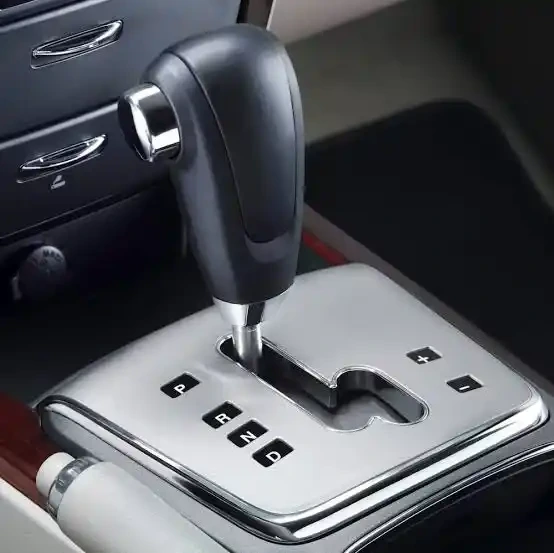Technology

The shift from driving a manual transmission vehicle to an automatic one can be both exciting and challenging. While automatic cars offer a more convenient and effortless driving experience, the transition requires adjusting to a different set of driving dynamics and habits. If you’re accustomed to driving a manual car, there are several key mistakes to avoid when making the switch to an automatic. In this article which is in accordance to mechanicbase, we will delve into the intricacies of driving an automatic car and discuss the common pitfalls that drivers should steer clear of to ensure a smooth and safe transition.
Understanding the Differences
Before diving into the mistakes to avoid, it’s essential to understand the fundamental differences between manual and automatic transmissions. In a manual car, the driver controls gear shifts using a clutch pedal and gear stick. On the other hand, an automatic car employs a complex system of hydraulic and electronic components to automatically change gears based on driving conditions. This crucial difference sets the stage for potential mistakes as drivers accustomed to manual driving adjust to the new automatic driving paradigm.
Mistakes to Avoid
Resting Foot on the Brake Pedal: One of the most common mistakes that manual drivers make when switching to an automatic car is resting their foot on the brake pedal while driving. In a manual car, it’s customary to use the clutch pedal to disengage the engine from the transmission when slowing down or stopping. In an automatic car, this action is unnecessary and can lead to premature wear on the brake pads and reduced fuel efficiency.
Confusion with the Accelerator and Brake Pedals: While driving a manual car, drivers use the clutch pedal to control the engagement of the engine with the transmission, and the accelerator to control the speed. In an automatic car, the left foot remains on the dead pedal (footrest), and the right foot operates the brake and accelerator pedals. Failing to differentiate between the two pedals can result in sudden acceleration or unintentional braking, both of which can be dangerous on the road.
Abrupt Acceleration and Deceleration: Manual transmissions require coordinated gear changes to maintain a smooth driving experience. When transitioning to an automatic car, some drivers may inadvertently apply the same abrupt throttle and brake inputs they used with manual gear shifts. Automatic transmissions are designed to deliver seamless gear changes, and sudden acceleration or deceleration can lead to a jerky ride and discomfort for passengers.
Neglecting Parking Brake Usage: In a manual car, the parking brake (also known as the handbrake) plays a critical role in preventing the vehicle from rolling when parked on an incline. When switching to an automatic, drivers might overlook the parking brake since automatic transmissions have a “Park” mode. However, using the parking brake, especially on steep inclines, can provide an additional layer of safety and reduce stress on the transmission.
Shifting into Neutral at Traffic Lights: In manual driving, it’s common to shift into neutral and depress the clutch pedal at red lights to give the left leg a rest. However, automatic cars don’t require this action. Shifting into neutral unnecessarily can limit your control over the vehicle and, in some cases, even decrease fuel efficiency.
Lack of Awareness of Transmission Modes: Automatic cars often feature different driving modes, such as “Drive,” “Reverse,” and “Neutral.” Some modern automatics even offer sport or manual modes for more dynamic driving. Failing to understand how these modes work and when to use them can lead to confusion and improper operation of the vehicle.
Relying on Engine Braking: Manual drivers are accustomed to downshifting and using engine braking to slow down the vehicle on descents. In automatic cars, the transmission shifts gears automatically, and engine braking may not be as effective. Relying solely on engine braking can cause the brakes to overheat and wear out prematurely.
Misunderstanding the “Park” Mode: While “Park” mode in an automatic transmission is designed to keep the vehicle stationary, some drivers mistakenly believe it’s suitable for parking on inclines. In reality, relying solely on “Park” can put excessive stress on the transmission’s parking pawl. It’s essential to use the parking brake when parked on an incline, even when in “Park” mode. R r E
RECOMMENDED TOPICS
- JAMB 2025 UTME/DE registration document – step-by-step on how to apply for UTME and DE

- JAMB postpones 2025 UTME Registration to February 3rd

- JAMB Officially Announces 2025 UTME Registration, Exam, Mock Dates, Cost and Important Details

- The official reading novel for Jamb 2025 is Lekki Headmaster

- Subjects for Computer Science in JAMB for Guaranteed Success


